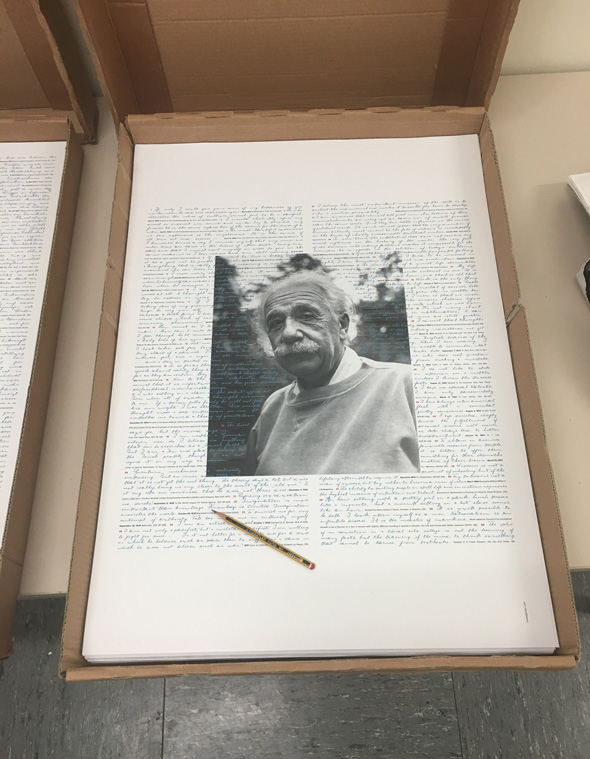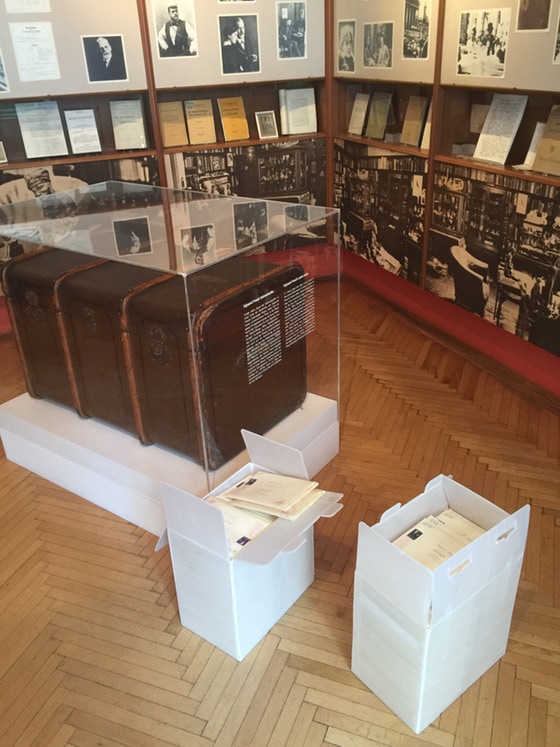-
Capital 1962 – Mobile Grid (Movie)

The “mobile grid” in the economic magazine Capital from 1962 represents a unique approach to editorial design. It was developed by Gerstner with Felix Berman. I remember being mesmerized by some very small reproductions of this work in Eye #43, in a review by Richard Hollis. This was the work that first drew my attention…
-
Magnolia 1 & 2

I believe it was a Magnolia Liliiflora, it was about 11.5ft / 3,5m and profusely blossoming. My parents used to have this tree in front of their house. At one point, it was decided that the tree had to go because of a gas pipe that was below his roots, and I was asked to…
-
Dear Roozen A & B

“We are dying. We think we are not. This is a good argument for giving up thinking. Spend one night each week, in candlelight.” from Deborah Hay, “My Body, The Buddhist”, 2013 Details, click to enlarge. Specifications: “Roozen” is the old Dutch word for roses. Dutch still-life painting was always an inspiration to me, an…
-
100 quotes from Albert Einstein – Poster

In 2017 I created a font based on Albert Einstein’s handwriting. Here I like to share with you a project that I created with the font: a set of four posters with 100 quotes from Einstein. Quotes can give an inspiring and entertaining view into a person’s life. Each is printed in the original size…
-
1932 Einstein / Freud Letters

The Kickstarter Campaign is over. But you can still join the conversation and receive the letters. This is included: The fonts can be ordered here: